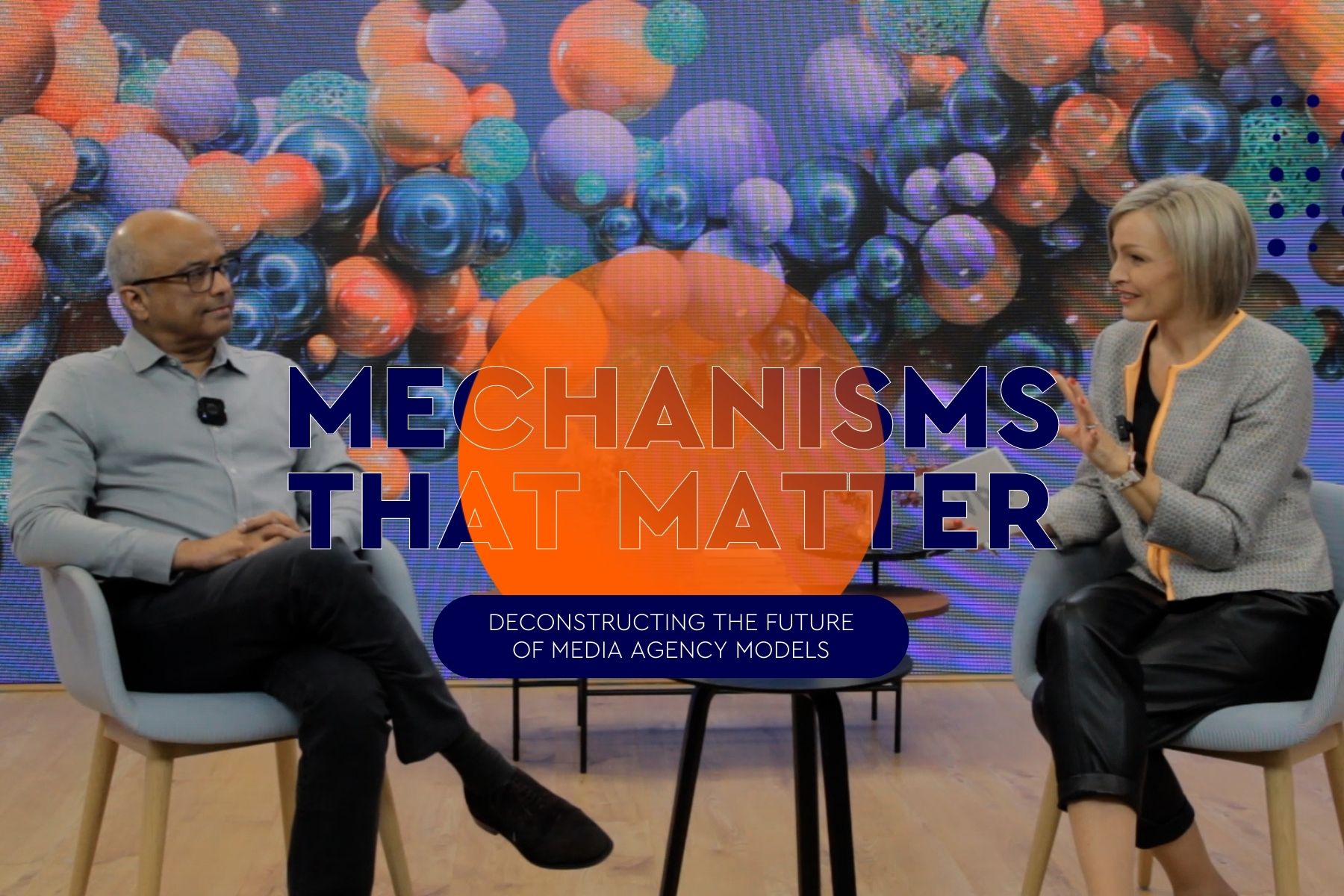
What is the future for women’s sport?
Rights-holders and brands must capitalise now on the momentum that’s been generated
Women’s sport is on the rise like never before. If we compare the scene now to that of previous decades, we have seen significant increases in the professionalisation of women’s sport, with increases in the levels of commercial interest, viewership and prize money for the athletes.
This year alone, the headlines of growth in women’s sport have been vast. In January, it was announced that the top ten highest-paid women earned a combined $167 million in 2021, a 23% increase from 2020. One month later, it was estimated that, largely thanks to unbundled rights, sponsorship investment in women’s sports would see a 146% increase year-on-year. 2022 has also seen record-breaking attendances almost across the board, in football, cricket and rugby to name just a few.
More recently, the UEFA Women’s EURO 2022 kicked off in England, and promises to set further new standards for women’s sport. The pre-tournament impact report has estimated that the tournament will generate £54 million in economic activity for the host cities. Attendance is expected to be more than double that of the previous UEFA Women’s EURO in 2017 (240,045) – the 500,000 tickets sold mark was passed before the tournament kicked off - while the international audience is expected to reach over 250 million across more than 195 territories.
WPP agencies have been at the forefront of optimising the value of women’s sport, working alongside a range of rights-holders and brands to generate real impact. Two Circles, for example, have supported UEFA in implementing the women’s football sponsorship programme and in the digital communications around major events. They have also supported the ticketing strategy for the UEFA Women’s EURO 2022. Three key principles have underpinned much of this work:
- Providing visibility – There is no substitute for increased visibility if women’s sport is to reach its full potential. Two Circles has worked alongside the Women’s Sport Trust in the UK to identify the impact of visibility in this regard – Closing the Visibility Gap
- Developing a compelling product – Live television remains the most effective way to build exposure and revenue. Rights-holders should work with broadcasters across the spectrum to develop innovative and exciting formats that will deliver the audiences.
- Treating it as a premium asset – The same mindset to top-tier men’s sport must be applied to women’s sport. Not only in terms of marketing and communications, but also in delivery standards such as production and ticketing. There should be no cutting corners.
On the brand side, MediaCom have been among the most active in creating and promoting mutually beneficial partnerships in women’s sport. Their work with Boots, one of the UK’s largest retailers with over 2,500 stores, exemplifies the opportunities that can be had here. Boots has a heritage in championing women, and by partnering with the Football Associations of England, Northern Ireland, Scotland, Wales and Ireland – partnerships brokered by MediaCom - Boots has provided female players with an unparalleled profile while showing young women the many benefits of playing competitive sport. By finding common values and acting in an authentic manner, brands can – and should – have a vital role to play in the perception and engagement of women’s sports.
The future of the sports industry is never certain. It is not immune to – and indeed often reflects – wider social trends and evolutions. But whatever sport’s future, it is clear that women’s sport will play a larger role. Indeed, it is easy to forget just how ‘young’ women’s sport is. In the UK, women’s football – despite early success - was banned from 1921 to 1971. In the U.S., it it only fifty years since Title IX came into effect – a law which prohibits gender-based discrimination in government funded education programmes, including sport. Where women’s sport hasn’t been banned, it has certainly not been given the same platform as the men’s equivalent.
There is a lot of catching up to do, and this represents a tremendous opportunity for rights-holders and brands alike. Not only has women’s sport historically been left behind, but have those more prone to following it. Fans of women’s sport typically differ in their demographic - with notably more female fans - but also in their behaviour - with a stronger brand recall of sponsors, and a higher propensity to purchase sponsors’ products than fans of men’s sport. Investing into women’s sport is not only the right thing to do, it is also the smart thing to do.
At WPP, we recognise that women’s sport is fast catching up. It is up to rights-holders and brands associated with sports to decide whether they capitalise on the momentum that has been generated, or they too will need to catch up.
published on
07 July 2022
Category
More in Communications

Mechanisms that Matter – Inside our partnership with Audible
How do you take a huge client like Audible from 22 agencies to one thriving networked team?

Healthcare communications – diverse, dynamic & different
Communicating about health and healthcare in APAC requires a nuanced and balanced approach

Mechanisms that Matter – How India is fuelling growth for global brands
CVL Srinivas tells Anna Hickey how WPP Open is fuelling a testbed for new working models, innovation, and automation.

